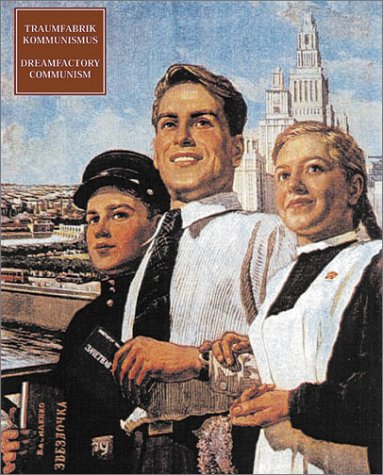The all-encompassing mass culture of today is not an invention of the late 20th century. Contrary to what might be assumed, given the capitalist under- and over-tones of contemporary mass media, our visual culture has its roots in the totalitarian regimes of the 20s and 30s. Back then, the main venue for visual communication was the reproduction and circulation of pictures via posters and films. Fascism and communism made radical use of these new opportunities for the consistent transformation of culture, even to the point of co-opting such traditional media as painting and sculpture. The centrally organized Soviet mass culture of the Stalin period is one of the foremost example of these highly effective propaganda machines. Beginning with the late realist works of Kasimir Malevich, Dream Factory Communism presents the macrocosm of Soviet art in the Stalin era--still little known in the West--as a unified aesthetic phenomenon that transcended individual media. The later works of Soz-Art, a style in which characteristics of socialist realism are combined with Pop Art, provides a running visual commentary and a critical take on the aesthetics of totalitarianism. The inclusion of works by contemporary Russian artists such as Erik Bulatov, Ilya Kabakov and Komar & Melamid marks the chasm that separates today's artists both aesthetically and politically from their predecessors.
- ISBN10 377571328X
- ISBN13 9783775713283
- Publish Date 29 September 2003
- Publish Status Out of Print
- Out of Print 2 June 2008
- Publish Country DE
- Imprint Hatje Cantz
- Format Hardcover
- Pages 272
- Language English
